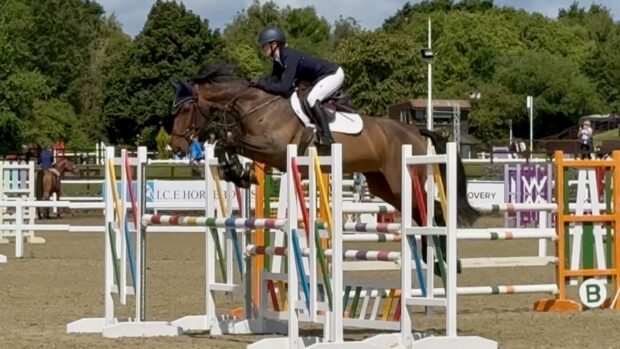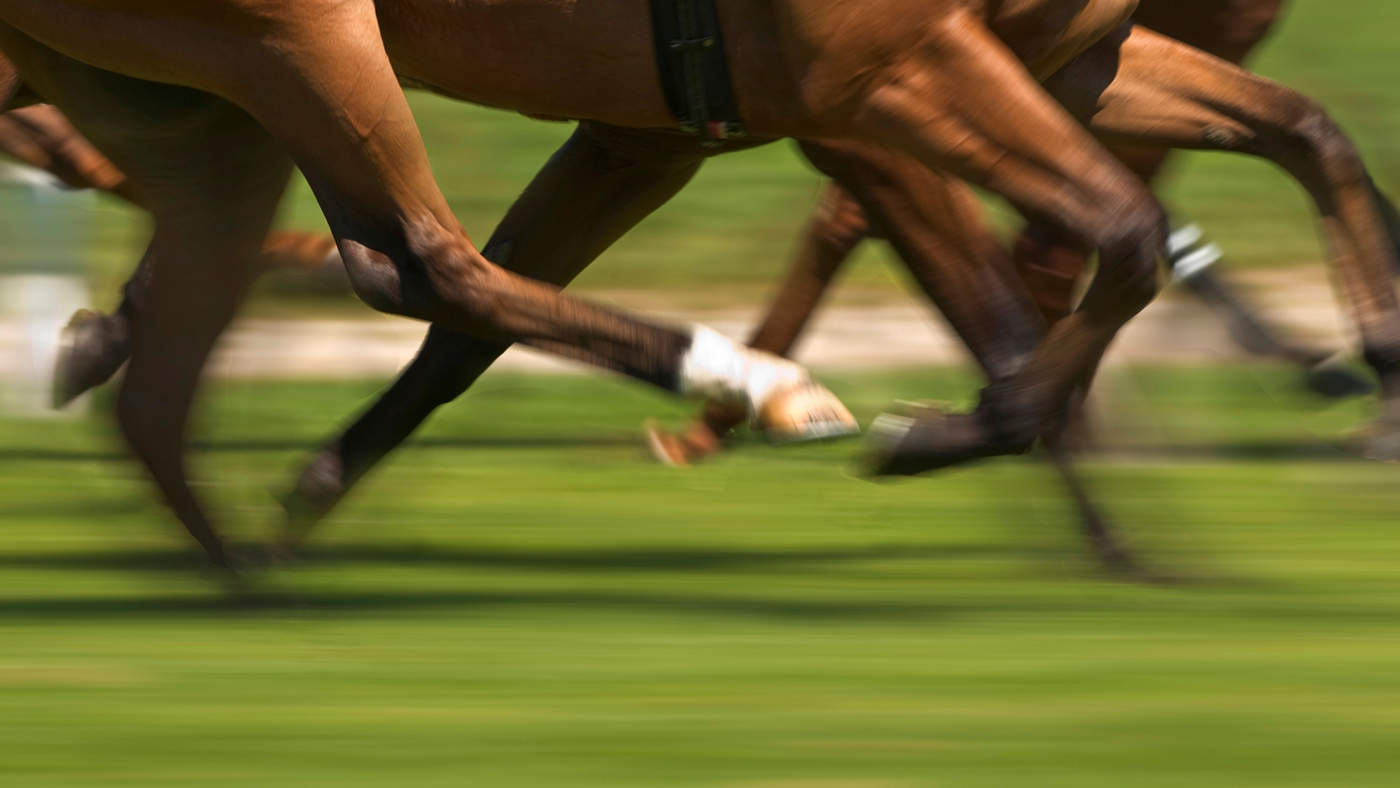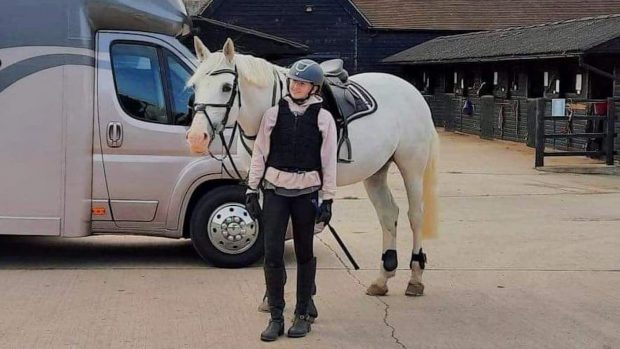While running in the Grade One Preakness Stakes in May 2006, Kentucky Derby winner Barbaro fractured his right hindleg. The decision was taken to try to save him and for a while the future was looking optimistic, despite the complication of laminitis. But then things began to deteriorate.
On 29 January, some eight months later, Dr Dean Richardson DVM, Barbaro’s vet at Pennsylvania’s George D Widener Hospital, took the decision, with owners Roy and Gretchen Jackson, to put the colt down. His pain was no longer manageable.
Would it have been kinder to end Barbaro’s life on that afternoon at Pimlico? Or is it justifiable to push against the boundaries of veterinary knowledge in the hope of securing a worthwhile quality of life for the patient?
There is clearly no definitive answer. Veterinary associations issue guidelines, but the assessment of each case can be made only by the individuals present.
Quality of life
Peter Webbon MRCVS, chief executive of the Animal Health Trust, believes long-term quality of life is the most pertinent factor.
“The mending of fractures, while technically demanding, is certainly feasible. Fractures above the knee are quite tough to deal with, but, overall, the problem isn’t the mending but the patient’s adjustment to post-operative care,” he says.
“As long as the welfare of the patient isn’t prejudiced to a significant degree and the patient isn’t distressed, it’s certainly justifiable to continue treatment. It’s only when the patient is clearly distressed, losing weight and no reasonable life expectancy will be achieved, that euthanasia is the best option.”
Barbaro’s treatment
Barbaro had a broken cannon bone, a broken sesamoid bone and a broken long pastern bone. Dr Richardson performed a fusion of the fetlock and pastern joints and implanted a stainless steel plate and 27 screws to give the leg maximum support.
Having recovered from anaesthesia, Barbaro was able to walk to his box, eat his food and put extra weight on his injured leg.
Two months later the broken bones had almost completely fused, although the signs of laminitis in Barbaro’s “good” hindleg began to cause concern. He was given a special support boot for his laminitic foot and a sling was brought into his stall to take the weight off his hooves for hours at a time.
But by the end of January, a deep abscess had developed in Barbaro’s right hind foot and, on 27 January, two steel pins were inserted into the healed bones of his right foot as part of an external fixation device to allow it to bear more weight. Later that same weekend, the previously healthy front legs displayed clear signs of laminitis. The colt could not comfortably put weight on any of his legs. The battle for his recovery had ended.
Prognosis
For every Barbaro, there are hundreds of other horses suffering traumatic injuries. Treatment of major fractures is time-consuming and expensive. Many owners can not afford to pay for surgery, unless it is covered by their insurance. But veterinary procedures are improving and fatal fractures are becoming rarer.
As Jacefk Bobkiewicz MRCVS, from Hook Norton Veterinary Surgeons, explains: “Ten years ago, the mortality rate was much higher. A better understanding of the mechanics of the bone, improved operating techniques, good quality of implant materials and the use of digital X-rays have all helped.”
This veterinary report was first published in Horse & Hound (1 March, ’07)



